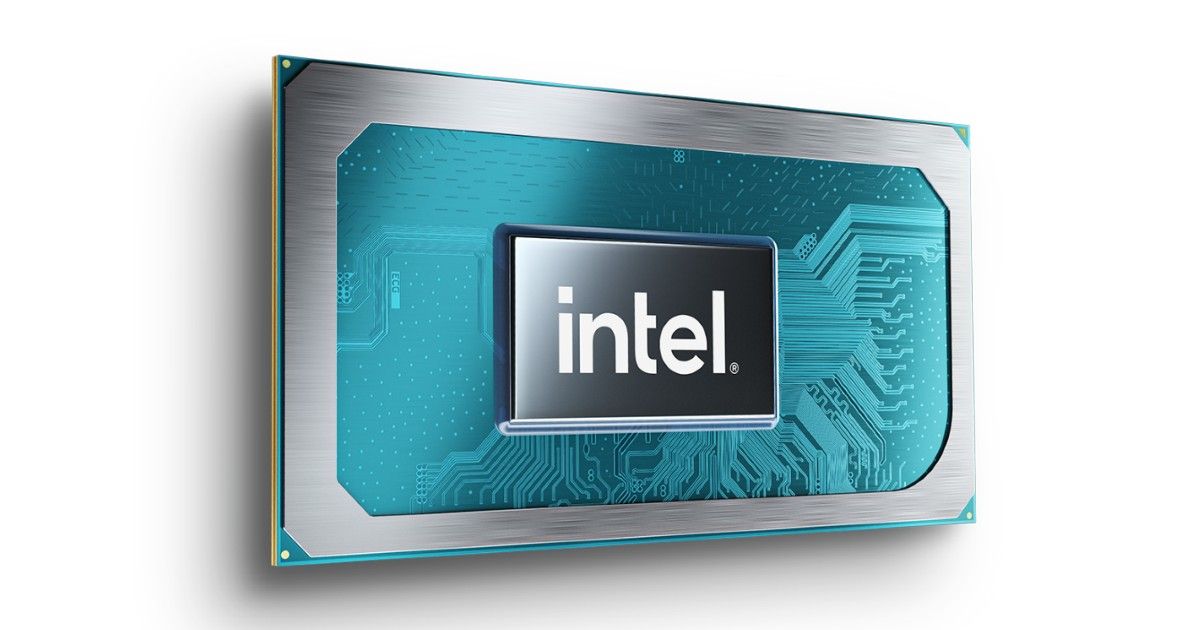
Intel, which is hardly a stranger in the world of processors and chipsets, has found itself in what may just be its roughest patch in a while. While its failed mobile processor business is no breaking news, its desktop dominance has also been eaten into by a resurgent AMD and Apple moving away to make its own chips. In the mobile chip business, Intel is still far away from the kind of market dominance that Taiwanese chipmaker, TSMC, presently enjoys. Despite that, the company has now claimed that its 10nm chip fabrication technology is superior to even TSMC’s 7nm processor tech.
The basis of the claim is the transistor density on each node, which is far greater for Intel – something that hints at potentially greater performance for processors on the same node die size by other companies. According to a DigiTimes Asia report, Intel has claimed that its 10nm processor node has a density of 106 million transistors. This, at least on paper, is far greater than what TSMC offers – with 53 million transistors on its 10nm node, and 96 million transistors on 7nm. In simpler terms, this should make Intel’s older generation chips more powerful than newer generation ones that TSMC makes.
However, as the report details, things aren’t quite as black or white. One of the things that really work for TSMC are high yield rates for high volume production, which helps the Taiwanese company offer mass scale supplies to OEMs around the world. In fact, this helps TSMC supply reliable and consistent chipsets to a massively high volume of vendors around the world. For Intel, on the other hand, the high transistor density on its chips mean that yield rates may be far lower, therefore already making them low volume suppliers. This, in turn, makes it suited largely for the core tech applications, and not mainstream, commercial usage.
While the TSMC 5nm processor has lesser transistor density than the Intel 7nm processor, the above factors, combined with TSMC’s upper hand and experience in Extreme Ultraviolet (EUV) lithography chipset making means that it may continue to hold an upper hand in the business. As the report claims, TSMC’s market position has helped it hold 55 percent of the global chipset industry to itself, and accounts for 80 percent of global revenues as well – thanks to the premium that it can charge for its established tech stack. While this does leave vendors with fewer choices in the market, it will be interesting to see if the likes of Intel can take a leaf out of TSMC’s book and adjust its offerings to make the chip market competitive again.











